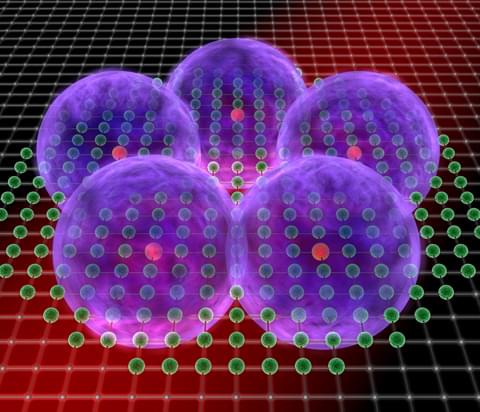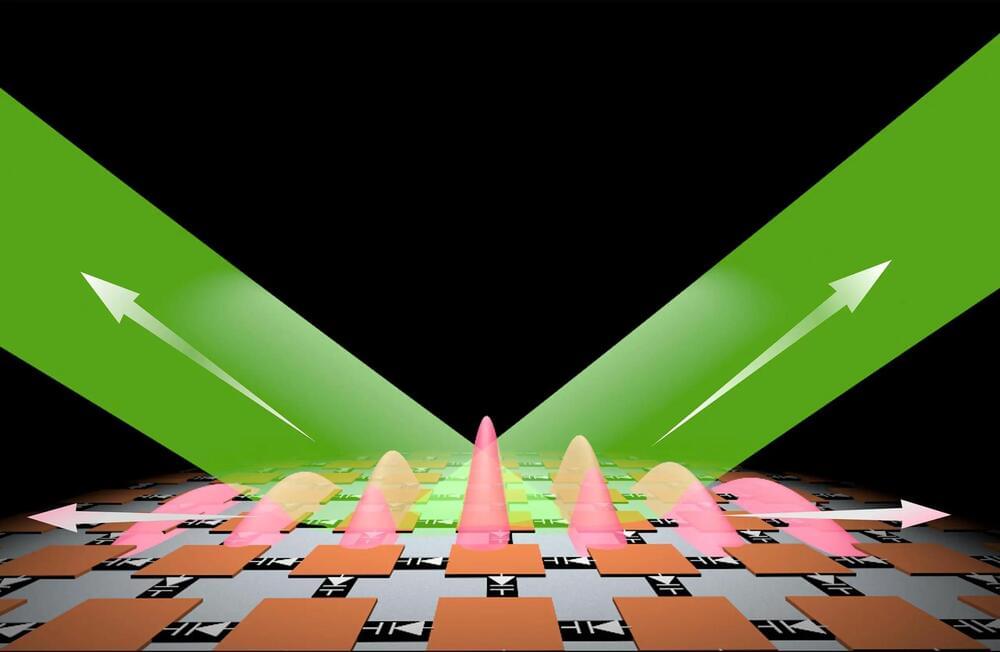With Starlink now profitable, SpaceX’s need for launches is now virtually infinite. So they just got permission to create a fourth tower for Falcon 9 / Falcon Heavy which means that at least one more drone ship is under construction.
Col. Rob Long, Space Launch Delta 30 commander, signed a statement of support on April 21, 2023, granting SpaceX permission to lease Space Launch Complex 6 (SLC-6) for Falcon rocket launches.
SLC-6 previously supported the Delta IV vehicle family and has remained vacant since the final Delta IV Heavy launch on Sept. 24, 2022.
The decision is the result of SLD 30’s launch pad allocation strategy, which is a process to evaluate the suitability of various launch sites for different types of rockets and payloads. The process is critical to ensuring that launches are safe, and that the selected launch site can accommodate the unique requirements of each mission. This was the first round of launch pad allocations, and additional rounds of allocations will occur in the future after further operational analysis.





